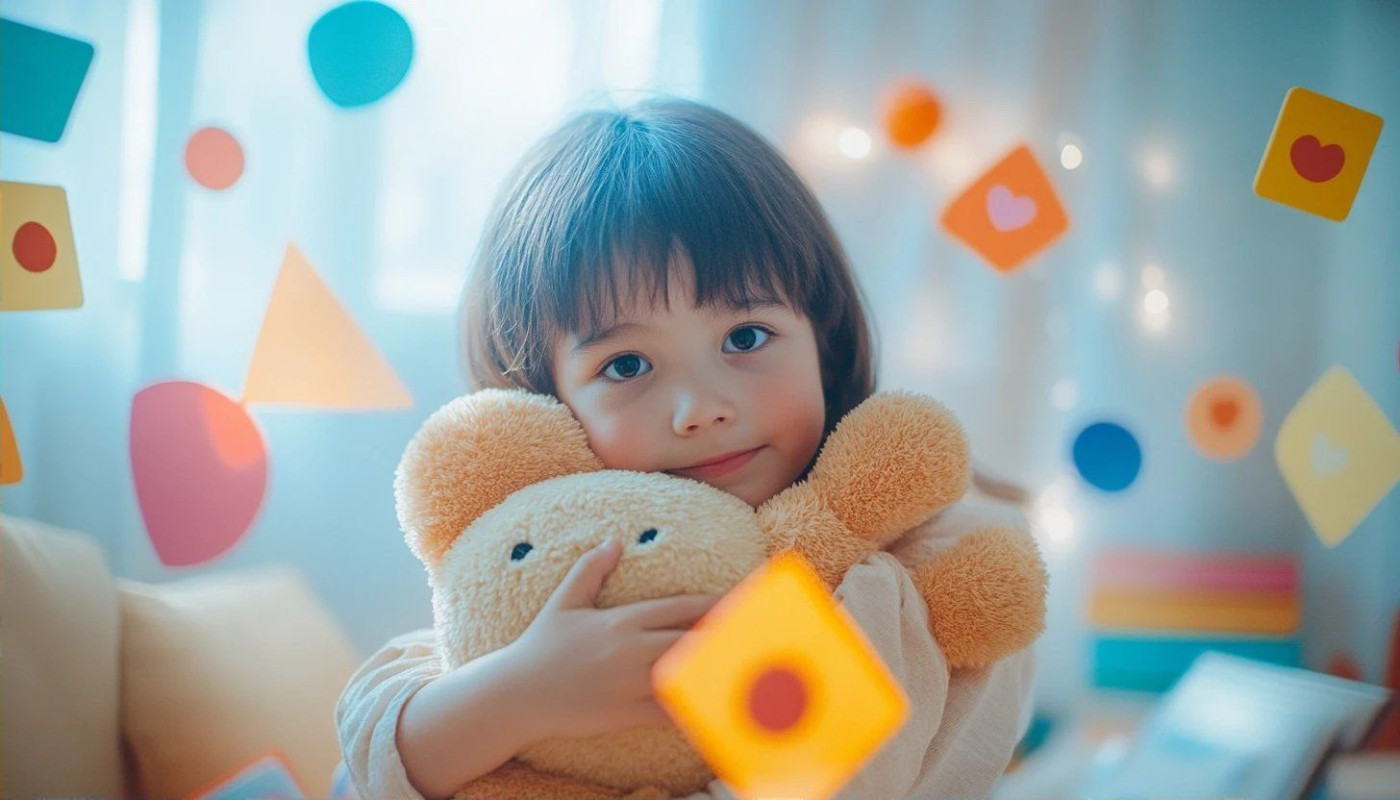Table of contents
Childhood trauma can leave lasting imprints on mental and emotional well-being, often shaping lives well into adulthood. While traditional talk therapies have long been the standard for recovery, a growing body of research highlights a diverse range of alternative therapies that offer new pathways to healing. Delve into the world of innovative approaches and uncover how these emerging methods can empower those on the journey to recovery.
Understanding childhood trauma’s impact
Childhood trauma, often stemming from adverse childhood experiences, can profoundly disrupt emotional, psychological, and physical development. The developmental impact of trauma symptoms is seen in a range of behavioral issues, such as heightened anxiety, difficulty forming trusting relationships, and challenges with impulse control. Many individuals exposed to significant early stress exhibit changes in brain architecture and stress response systems, leading to persistent alterations in mood regulation and cognitive processing. Trauma symptoms may manifest as sleep disturbances, hypervigilance, or trouble concentrating, which hampers academic performance and social interaction, sometimes persisting into adulthood as long-term effects.
Mental health professionals, particularly licensed clinical psychologists, emphasize that childhood trauma also increases vulnerability to various psychiatric disorders, including depression, post-traumatic stress disorder, and substance misuse. Research demonstrates that these long-term effects extend beyond emotional well-being, influencing physical health through increased risks of chronic illnesses such as heart disease and autoimmune disorders. The complexity of trauma’s influence is evident in the way it shapes not just behavior but also the neurobiological systems underlying resilience and adaptation, highlighting why early identification and intervention are pivotal for supporting healthy development and mitigating the lifelong consequences of adverse childhood experiences.
The power of art therapy
Creative therapies, with a focus on art therapy, offer unique pathways for trauma healing in children by leveraging creative expression as a safe outlet for processing difficult emotions. In child therapy, structured activities such as drawing, painting, collage, and sculpting are utilized as projective techniques, allowing therapists to observe how children externalize and manage distressing experiences without the constraints of verbal language. Non-verbal communication becomes a cornerstone of this therapeutic approach, as many children impacted by trauma may find it challenging to articulate their feelings or memories directly. Instead, through their artwork, children convey inner conflicts, fears, and desires, creating opportunities for therapists to interpret symbols, themes, and metaphors that emerge.
Scientific research supports the effectiveness of art therapy as an intervention for childhood trauma, highlighting how creative expression can modulate stress responses in the brain and foster emotional regulation. This is particularly relevant for young clients who may not have developed the vocabulary or cognitive maturity to discuss traumatic events in traditional talk therapy settings. The integration of art-based projective techniques within child therapy sessions not only aids in the identification of trauma-related symptoms but also encourages a sense of mastery and empowerment, helping children reclaim agency over their narratives.
Furthermore, the non-judgmental, process-oriented nature of art therapy reduces anxiety associated with performance or disclosure, making it accessible for children of diverse backgrounds and abilities. The use of creative expression within trauma healing provides an adaptive framework, promoting resilience, self-discovery, and long-term psychological recovery. By emphasizing the value of non-verbal communication and evidence-based projective techniques, art therapy remains a vital modality in the continuum of care for children seeking recovery from trauma.
Exploring movement-based therapies
Movement-based therapies, including dance and yoga, have emerged as effective strategies for childhood trauma recovery, leveraging the powerful mind-body connection to facilitate healing. These approaches operate on the principle that trauma is not only stored in the mind but also within the body, affecting posture, muscle tension, and physiological responses. By engaging in movement therapy, children learn to recognize and release these embodied trauma responses, enhancing body awareness and fostering a greater sense of safety. Somatic experiencing, a technical method developed to address trauma through bodily sensations, is often integrated into movement-based interventions. This method assists children in gradually renegotiating traumatic memories by guiding them through safe, controlled physical exercises that support emotional regulation.
Substantial evidence highlights the benefits of yoga for children dealing with trauma, showing improvements in attention, self-regulation, and emotional stability. Dance and mindful movement practices also enable expression beyond words, which is particularly valuable when verbal articulation is challenging due to developmental stage or trauma severity. The mind-body connection established through these therapies is linked to reductions in anxiety, depression, and dissociation, supporting holistic trauma recovery. For those new to these approaches, it is helpful to first understand the basics, which can be found at basics, to support informed decisions about integrating movement-based therapies into a child’s healing journey.
Animal-assisted interventions explained
Animal-assisted therapy and pet therapy offer unique opportunities for emotional support and trauma treatment in children. Through structured interactions with trained therapy animals, young survivors of trauma can gradually rebuild a sense of safety and trust within a controlled environment. Certified animal-assisted intervention specialists highlight the human-animal bond as a foundational mechanism in these therapies. Animals provide nonjudgmental presence and consistent behavioral cues, which facilitate emotional regulation and help children practice social and coping skills. This bond allows children to form secure attachments, often after experiencing disrupted relationships due to trauma.
Research demonstrates that animal-assisted therapy promotes childhood resilience by reducing symptoms of anxiety and hyperarousal linked to traumatic experiences. The rhythmic actions of petting or caring for an animal can moderate stress responses and lower cortisol levels, helping children feel calmer and empowered. In trauma treatment, therapy animals act as catalysts for communication, enabling children to express thoughts and emotions that may be difficult to share with adults. The emotional support provided through these interactions encourages positive behavioral changes and fosters a sense of mastery and hope, contributing to long-term healing and psychological well-being.
Integrating mindfulness and meditation
Incorporating mindfulness for children into trauma intervention protocols offers a supportive foundation for childhood healing. Techniques such as guided imagery, focused breathing, and body scan exercises are easily adapted for different developmental stages, making them approachable for even young participants. For preschool and elementary-age children, playful breathing games and short guided meditations help foster self-regulation and emotional awareness. Teenagers may benefit from more structured practices, such as mindful journaling or progressive muscle relaxation, which address complex stress responses. Scientific research highlights significant meditation benefits, including improved attention, reduced anxiety, and lower physiological stress markers, all of which contribute to stress reduction in young trauma survivors. These practices support the nervous system, encouraging healthy coping strategies and resilience.
When integrating mindfulness for children into trauma intervention plans, it is critical to tailor techniques to individual needs and developmental readiness. Collaboration with caregivers and educators enhances consistency and fosters a safe environment for ongoing practice. Studies published in journals such as Mindfulness and Child and Adolescent Psychiatry reveal sustained improvements in emotional regulation and behavioral functioning among children exposed to regular mindfulness and meditation sessions. Using age-appropriate language and maintaining a gentle, non-judgmental approach ensures that mindfulness becomes a trusted tool for self-regulation. Over time, these interventions contribute to a holistic framework for childhood healing, reducing the long-term impacts of adverse experiences and laying the groundwork for emotional and psychological resilience.








